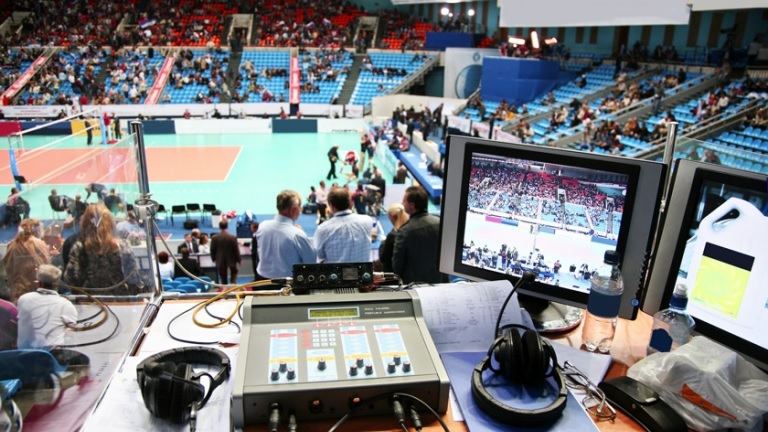What Should an Ideal Sports Anchor Resume Look Like
During the Covid-19 pandemic, one of the things that the people missed the most was sports. As sporting events are slowly starting to take place, for preventive measures spectators aren’t allowed.

Even before this pandemic, the public received information related to the developments in the sports world through sports anchors, reporters, writers, etc proving that sports anchors play a very important role in any sporting event.
So, recruiters want to hire the best talent, and to make sure that they are impressed with your application, you need to understand what your sports resume should look like.
Let’s dig in.
An optimized header
The header of a resume sets the foundation in terms of what it will entail. Formatting it correctly with only relevant information can do wonders for your profile.
That is why it should be divided into 3 categories:
- Name & Contact: You need to write your name just once in the header along with relevant contact information such as residence location, phone number, and email address.
- Relevant Links: Include the links to LinkedIn, sports blog, portfolio, etc. The idea is to add links to outbound links that can be valuable to your profile.
- Resume title: The title of your resume should be in line with your current or last job. For example, Sports Reporter, Sports Anchor, etc.
A formatted summary
Let’s demonstrate this with an example:
“4+ years experienced Sports Anchor with expertise in reporting live on location for sporting events. Adept at gathering information to develop and present news stories, and acting as a host to sportspersons.”
That is what your resume should look like. It should be written in a paragraph form that does not go beyond 3-4 lines. Also, there should not be any mentions of first and second-person pronouns.
Further, add your job title to begin the summary and include the expertise that can be valuable to your profile.
A concisely composed skills section
An optimized resume outline is the one that showcases your skills effectively and clearly. Here is what the skills section of your sports resume should look like.
Most applicants make the mistake of adding long sentences to write their expertise like “hands-on experience in video editing”.
It is not the right way to go about it. Recruiters only spend about 6 seconds on a resume. That makes it quite important to focus on the readability of your resume and long sentences contradict that.
Hence, try to follow the approach outlined in the snippet above and just simply write the skills.
A well-crafted professional experience
This is the most important and the longest section which decides what your resume will look like. For instance, an ill-composed professional experience section may extend the resume length up to 3-4 pages.
To keep your resume restricted to 1 or 2 pages, you need to make sure that the professional experience section is formatted correctly.
So, here are a few things you should keep in mind that will help you improve the readability of your resume and convey your expertise in a sufficient manner.
- Avoid writing long paragraphs to explain your job responsibilities. Construct one-liner bullet points under each work profile. It will help you focus more on your achievements and disregard irrelevant information.
- Highlight important keywords and numbers that you think are important. The idea is to direct the recruiter towards these bolded phrases and showcase your important skills.
- When you are writing your projects under a work profile, keep the details around your achievements. Let’s say you covered the Football World Cup in Russia. Instead of giving details about the world cup, try to include pointers around achievements. For instance, if you interviewed a football player, you should include information around pointers like that.
A correct order to write information
The timeline of writing information in your resume should be in reverse chronological order. For example, if you are writing your work profiles, you should start with the most recent one and then go back to the oldest one.
This way of writing information in the resume will allow you to focus on your recent accomplishments. You should not follow this approach just with your work profiles. Write your education details, certifications, training, awards, etc. in the same manner.
Key Takeaways
Here are a few key takeaways:
- Optimize the header of the resume to include your name, contact, address, and relevant links.
- Format the summary to write it in a paragraph format with your accomplishments and expertise.
- Create a skills section to concisely write your skills.
- Compose a well-crafted professional section to restrict the resume to 1 or 2 pages.